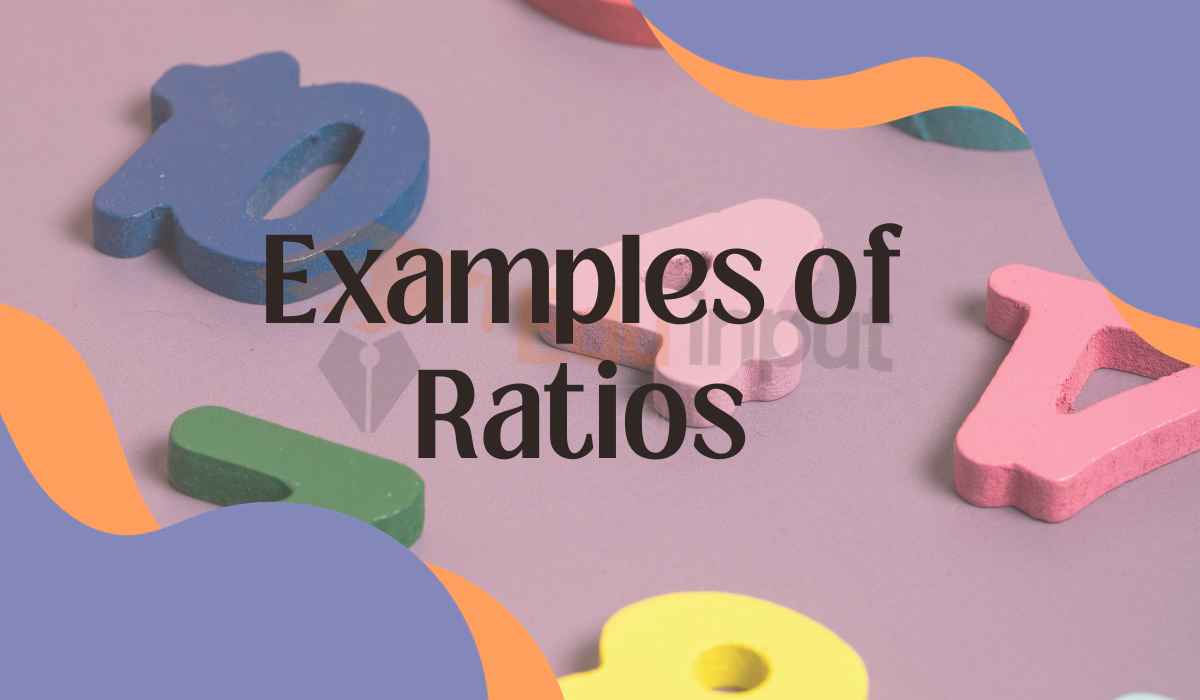10 Examples of Compound Interest
Compound interest is a powerful concept finance . It is the interest calculated on both the initial principal amount and any accumulated interest from previous periods.
In this article, we will explore 10 examples of compound interest, describe its impact on savings, investments, and loans.
Examples of Compound Interest
1: Savings Account
Imagine you deposit $1,000 in a savings account with an annual interest rate of 5%. At the end of the first year, you’ll earn $50 in interest. In the second year, you earn 5% interest on your initial $1,000 plus the $50 interest from the first year, resulting in $52.50 in interest.
This process continues, and over time, your savings grow substantially due to compound interest.
2: Investment Portfolio
Compound interest also plays a crucial role in investments.
Consider an investment portfolio with an average annual return of 8%. Your initial investment of $10,000 can grow significantly over the years due to the compounding effect of interest.
3: Mortgage Loan
Compound interest can increase the cost of loans.
For example, a 30-year mortgage of $200,000 at a 4% interest rate can lead to total interest payments of over $143,000, making the actual cost of the home much higher.
4: Credit Card Debt
Credit card companies apply compound interest to outstanding balances.
If you have a $5,000 credit card balance with an annual interest rate of 18%, your debt can quickly spiral out of control due to compounding interest if not paid off promptly.
5: Retirement Savings
For retirement savings, compound interest can be a game-changer.
Regular contributions to retirement accounts, coupled with compound interest, can lead to a substantial nest egg for your golden years.
6: Education Savings
Saving for your child’s education is another area where compound interest comes into play.
Starting early and utilizing compound interest can help you save for college tuition more effectively.
7: Compound Interest Formula
Understanding the compound interest formula (A = P(1 + r/n)^(nt)) is essential. “A” represents the final amount, “P” is the principal, “r” is the annual interest rate, “n” is the number of times interest is compounded per year, and “t” is the number of years the money is invested or borrowed for.
8: Car Loan
When financing a car, compound interest affects the total cost of the vehicle. A car loan with a 6% interest rate can significantly increase the overall price of the car over the loan term.
9: Business Loan
Entrepreneurs seeking business financing should be aware of compound interest. Business loans with compound interest can impact profitability and long-term success.
10: Real Estate Investment
Real estate investors often benefit from compound interest as property values appreciate over time, and rental income compounds their returns.





Leave a Reply